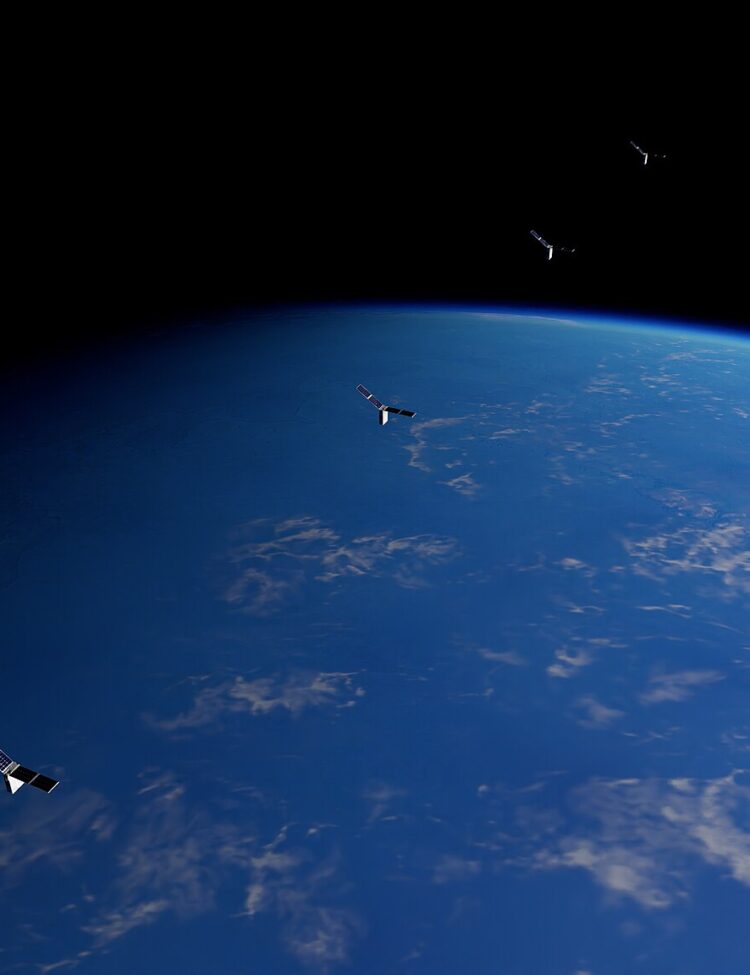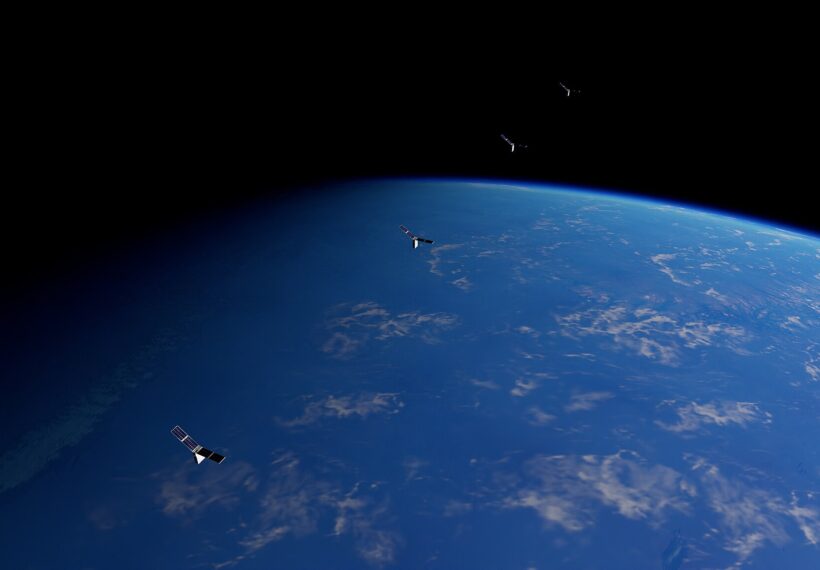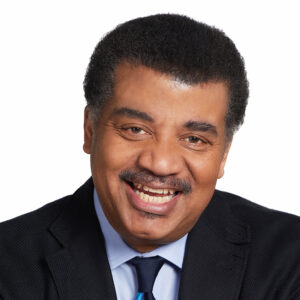About This Episode
What will the future of space look like? Neil deGrasse Tyson and comic co-host Chuck Nice explore the engineering challenges and scientific questions shaping the next era of aerospace with aerospace engineer and CEO of Portal Space Systems, Jeff Thornburg.
From the Mars missions to the development of reliable, reusable rockets, we ask: how do we build spacecraft that are fast, safe, and simple enough to transform space into a true commercial frontier? We discuss the balancing act between government funding and private investment: why do we still need public dollars to seed technologies that don’t yet have a business case? Why is “failure” embraced by startups but avoided in legacy programs? And what lessons can be learned from disasters like Hubble’s flawed mirrors or the Mars Climate Orbiter’s metric–imperial mix-up?
We explore reusable rockets, the tradeoff between fuel and payload, and the art of designing systems around unknowns. We also discuss the U.S.’s international competition in space and whether we can keep up. Why should citizens care about defending satellites, and what would it mean if GPS orbits were compromised?
What propulsion breakthroughs could quantum physics unlock? Could solar-thermal engines or nuclear concepts make space travel faster and more sustainable? We discuss our dreams for the space industry. Will we ever achieve suborbital flights around Earth in 45 minutes, or treat the Moon as just another backyard destination?
Thanks to our Patrons Adam Jensen, Eric Forde, Jaren Foreman, Robert Collier, Ryan Sanderson, Michael Franklin, Tiffiany Amber, MSegars, Clinton Hays, Rob, Wesley Michel, Aaron Wright, Vi Rose, James Sorensen, Jamie, David, Russell Knecht (Connect), John T McCoy, Ben Ryan, Fidel Roque-Flores, Eric walburn METZLER, Joseph Strasser, Daniel Ludlow, William Sacher, William Nowottny, Jay Sackett, Bryan Poole, Trevor Walter, Chiem Ma, Robert Rice, Lex Townes, Cavvote Landes, Franny, Keith Dickson, Bill Gallerani, Rosemary Taylor, Lisa Holloway, Jim Staub, Stiven Miranda, Erica, Jon Nebenfuhr, Ranjam69, David R Dykes, Micky Pistillo, Tony Toon, sr, April Lorenzo Spoor, Tom Randall, Jeff, Nico Cerceo, Sterling GRiffin, John, Red Shi, Pete Stoppani, Jonathan Hyatt, Dylan Moore, Shawn Kalas, Eric Dickinson, Kiela Badeaux, Leyna McGrath, Armaghan, bmanone, Much More Matt, Patrick Ritter, Laszlo Zoltan Buru, Indiigo, Isaiah, Brett Sklar, Brian Pickett, Micheal Kaplan, Cecilia, PopoMakBeth, and Shawn Best for supporting us this week.
NOTE: StarTalk+ Patrons can listen to this entire episode commercial-free.




 Unlock with Patreon
Unlock with Patreon


 Become a Patron
Become a Patron